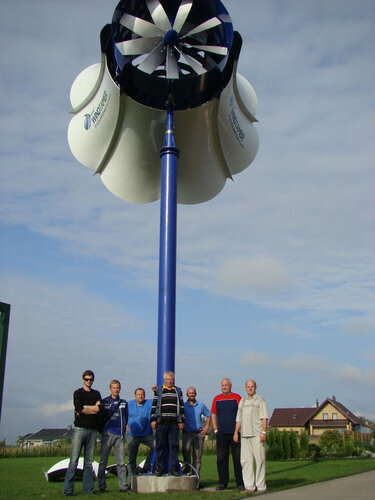Why do marine animals eat plastic? Check out article 11 to find out.
Editor’s Comments:
In OCEAN 43, we are proud to share a fascinating idea from the Himalayas and another, “Close to Home” innovative idea for long term coastal erosion management, a hybrid system of living shoreline and ballasted coir fiber. We also find it difficult to imagine Northwest Seafood being able to contain everything they are discovering in them (see Opioids in Northwest Mussels, page 6) and from OCEAN 41 “81 types of drugs and chemicals found in Puget Sound Salmon”). OCEAN 44 will link this article with the micro-plastics being found in Mussels. Plastics are not going away and according to OCEAN Researcher Brigid McKenna, (page 6) when consumed by sea birds, they tragically cannot be digested. Oh, and now, micro plastics have been discovered in our drinking water. (page 3).
~Gordon Peabody, Editor
Ocean 43 Articles
Salmon in Washington
Contaminated drinking water
Gulf oil spill cleanup
Opioids in mussels
Hawaii protects coral reefs
Eating packaging
Dangerous VOC’s without airflow
Clean water: manmade glaciers
Herring River Estuary restoration
Seaweed as cow feed
Why marine animals eat plastic



